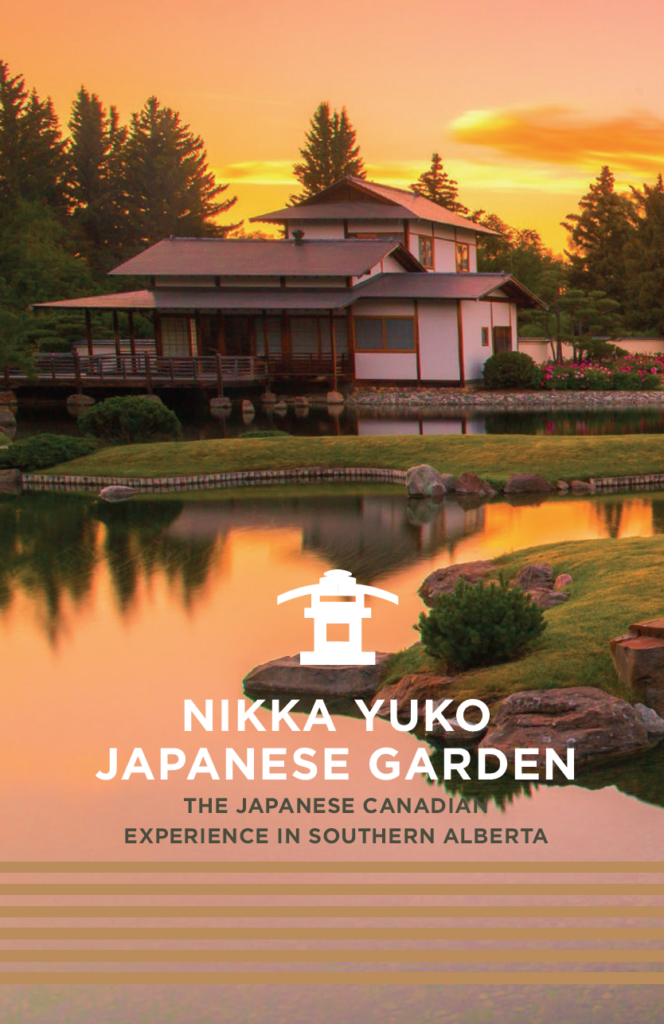Welcome to the Nikkei Memory Capture Project’s Audio Journey!
This audio journey is a collaboration between the Nikkei Memory Capture Project and the Nikka Yuko Japanese Garden in Lethbridge, Alberta. The shorter entries below complement and expand the histories represented on the Time Map located in the Bunka Centre at the Garden.
Listen to the entries while visiting the Bunka Centre or enjoy from your own space.
Please begin by listening to the welcome greeting.
HISTORIES OF DISTINCTION
There is a common phrase that is said to characterize the history of Japanese Canadians: Shikata ga nai – it can’t be helped. This phrase powerfully conveys how, following their persecutions during the Second World War, Japanese Canadians turned away from the past, and instead moved on with their lives to reclaim their place in Canada. Indeed, the creation of a cherished site of Japanese culture in southern Alberta, the Nikka Yuko Japanese Garden, as Lethbridge’s preeminent centennial project, symbolizes the quiet and dignified effort.
The Japanese Canadian history of southern Alberta comprises diverse histories which overlap and diverge. There were many communities in the first half of the twentieth century making up southern Alberta’s Japanese Canadians, whose aspirations, priorities, loyalties, and perspectives converged and conflicted.
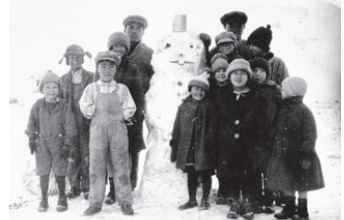
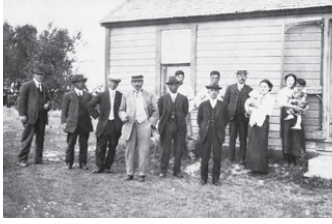
Japanese Canadians created, innovated, integrated, protested, and above all shaped southern Alberta for themselves, impacting the lives of their neighbours in increasingly layered, complex, and integral ways. Shikata ga nai is not only it can’t be helped but also figuratively means, our way is another way.
Waves of Migration
The Japanese Diaspora
Southern Alberta’s Early Settlers
Settling Southern Alberta
HISTORIES OF VIOLENCE
On 7 and 8 December 1941, Imperial Japanese forces attacked the United States in Hawai’i and the British Empire in Hong Kong and Malaya. Opportunistically, the Dominion of Canada systematically expelled over 21,000 Japanese Canadians from the West Coast. The removal of Japanese Canadians into incarceration and internment settings, including southern Alberta, was spurred by anti-Japanese racism in British Columbia. Designated as “enemy aliens” Japanese Canadians were stripped of their civil rights as Canadian citizens. In 1944, the Prime Minister admitted to the House of Commons that no Japanese Canadian was found to have been a security threat. The so-called “evacuation” of Japanese Canadians was a failure of Canadian democracy.
The Five dimensions of ‘Evacuation’
Displacement
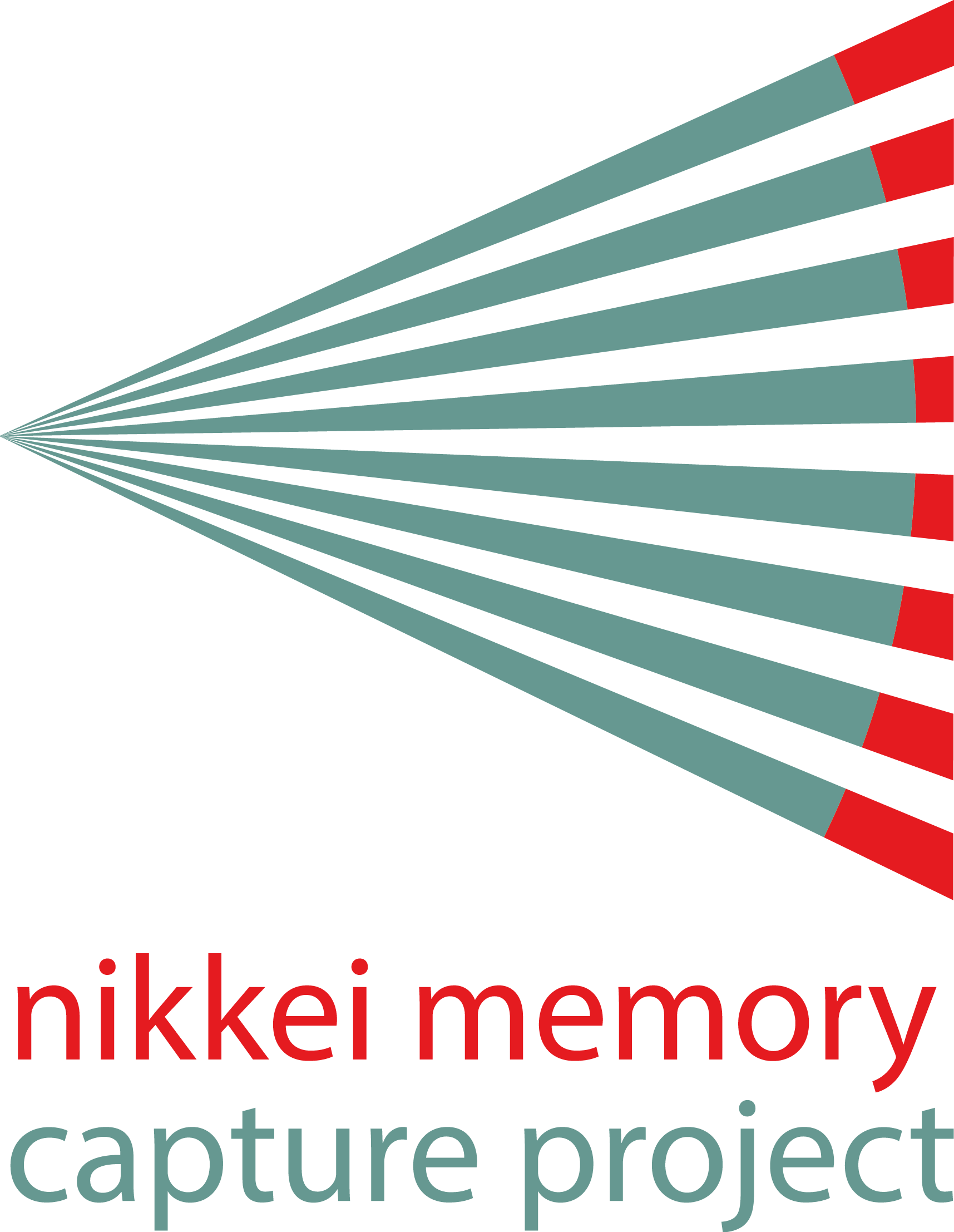


Detention


Dispossession


Dispersal

Division

The Hisaoka Family Memoirs

NISEI FLOURISH
Although the Second World War ended in 1945, wartime restrictions on Japanese Canadians were not removed until 1949. With the restoration of their civil rights, they increasingly mixed in wider society in public settings like school and work. However, social life remained largely segregated. In this context, Japanese Canadians – especially the Nisei drew on their own Japanese resources, even as they sought outwardly to integrate into mainstream society. The result was a flourishing of Japanese Canadian life networked across cultural activities and events, food, sporting leagues and competitions, business innovations, religious communion, and of course most visibly, the Nikka Yuko Japanese Garden. There was never any danger that they would form an ethnic enclave, nevertheless, the cultural and social infrastructure they evolved was akin to a ‘Japan Town’ in southern Alberta.
Early postwar Re(Emergence)
The Intrepid Nisei


Emerging Communities


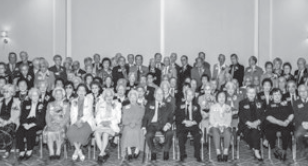
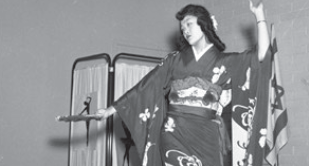
POstwar transformations
Communities Overcoming Discrimination



Transforming Southern Alberta




NISEI FUTURE
In the summer of 2022, the Nikka Yuko Japanese Garden officially opened its Bunka Centre. In many ways, it culminated over a hundred years of Japanese Canadian history. It is a tangible legacy of the vision of southern Alberta’s Japanese early settlers to establish an enduring Japanese community proud of its ethnic and cultural heritage. It is a remembrance of waves of migration, struggles overcome, persecutions survived, hardships endured and shikata ga nai – it can’t be helped, out way is another way. But, that is not all. It is a celebration of communities thriving, friends made, families nourished, and above all, creativity, innovation, and resilience. It draws off of the richness and resources of Japanese culture as a global culture that helps to define the twenty-first century. Born of Japanese inspiration and evolving in southern Alberta, the Bunka Centre proclaims in optimism and with aspiration, shikata ga aru – there is a way: imagine, shape, and embrace the histories of our collective future.
